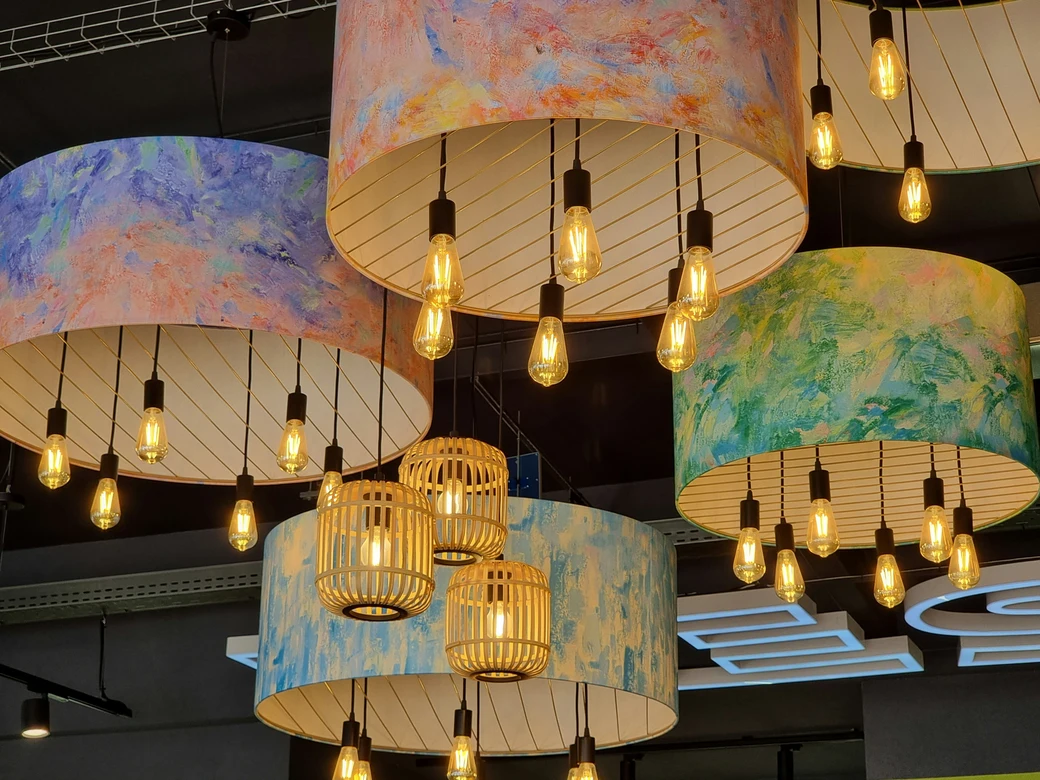When it comes to home design, furniture often gets the spotlight. But if you’ve ever walked into a space and felt it lacked personality, chances are the walls were bare or bland. The truth is, wall art transforms a room in ways most people underestimate. It creates mood, reflects personality, and brings cohesion to the space.
Whether you’re decorating a minimalist apartment or a cozy family room, the right wall art can completely change how a room feels and functions. Let’s explore practical design tips that really work—and show how to use wall art to elevate any space from average to unforgettable.

Choose Wall Art That Matches the Mood of the Room
The first rule of using wall art to transform a room is alignment. Each room serves a purpose—and your art should match that energy. A serene landscape fits beautifully in a bedroom, encouraging rest. In contrast, bold abstract pieces with saturated colors can energize a home office or workout space.
Before you even think about size or framing, decide how you want the room to feel: calm, creative, luxurious, playful, or dramatic. Then select artwork that amplifies that emotional tone.
Size Matters: Scale Art to the Space
One of the biggest mistakes people make is choosing wall art that’s too small. A tiny canvas floating on a big wall looks disconnected and underwhelming. If you want your wall art to truly transform a room, scale is everything.
Here’s a tip: art should take up about 60–75% of the wall space it’s hanging on. For sofas or beds, your artwork should be two-thirds the width of the furniture below it. If you’re unsure, go bigger—it’s better to overshoot than underwhelm.
Create a Focal Point With Statement Pieces
If you’re working with an open space or a large room, statement wall art can serve as a powerful focal point. Oversized prints, large tapestries, or bold gallery walls draw the eye instantly. A well-placed statement piece tells guests where to look and helps anchor the space.
Using wall art to transform a room means being intentional about placement. Put statement pieces in the line of sight—above the fireplace, behind the couch, or on a large entryway wall.
Layer With Gallery Walls for Personality
Want to infuse more personality into your home? Build a gallery wall. This approach allows you to mix different styles—photos, typography, vintage posters, or abstract sketches—for a curated look that tells your story.
Start by laying the arrangement on the floor first. Then hang your pieces using a consistent center line or spacing (typically 2–3 inches apart). A well-thought-out gallery wall can become the design heartbeat of your living room or hallway, making wall art a true room-transforming element.
Use Color to Tie Everything Together
Art isn’t just decoration—it’s a color anchor. If your space has a neutral color palette, colorful artwork can become the pop of energy it needs. If your room already includes strong tones, choose wall art that echoes or complements them.
This creates a sense of unity and polish that makes the entire space feel professionally styled. The smartest way to let wall art transform a room is by making it work harmoniously with everything else around it—cushions, curtains, rugs, and even vases.
Switch Art With the Seasons
Your wall art doesn’t have to be permanent. In fact, rotating pieces based on seasons or moods can help keep your space feeling fresh and relevant. Lighter, pastel art in the spring, rich warm tones in the fall—it’s an easy, low-effort way to make a big visual impact throughout the year.
It also lets you experiment with different aesthetics without completely redecorating. And if you’re someone who gets bored with static decor, seasonal rotation is your secret weapon for letting wall art continually transform a room.
Mix Textures for Depth and Interest
Wall art isn’t just about flat prints. Add dimension with mixed media—think macramé hangings, sculptural pieces, framed textiles, or wood carvings. These textured pieces add visual richness and tactile depth that traditional frames can’t always deliver.
Layering textures makes your walls come alive, giving the space a three-dimensional, gallery-inspired feel. If you want wall art that really transforms a room, mix materials and finishes.
Incorporate Personal Touches
Art doesn’t have to be expensive to be meaningful. Personal photos, kids’ drawings in minimalist frames, or travel souvenirs can be just as powerful. When thoughtfully displayed, these items inject your space with authenticity and heart.
Design is emotional, and a room filled with art that reflects your life will always feel more inviting. Letting wall art transform a room also means letting it tell your unique story.
Don’t Forget the Frame
The frame is often overlooked—but it’s the finishing touch that pulls your wall art together. A sleek black frame can modernize a vintage print, while a gold-leaf frame can add elegance to a simple piece. Match the frame to the style of your room for added coherence.
Even canvas prints or unframed posters look more intentional when mounted thoughtfully. If your art feels unfinished, a good frame may be the missing piece.
Let Lighting Amplify Your Art
Lastly, don’t forget lighting. Good lighting can dramatically enhance the effects of wall art. Install picture lights, LED strips, or even sconces to highlight your favorite pieces. Shadows and glow add drama, focus, and mood to any room.
If you’re serious about using wall art to transform a room, let it shine—literally. A well-lit piece always commands attention.
Final Thoughts: Make Wall Art Part of the Plan
Too often, wall art is an afterthought—something added once the furniture is set. But when you treat it as a central element in your design plan, everything changes. It adds texture, narrative, emotion, and cohesion.
Whether you prefer bold and eclectic or soft and serene, there’s wall art that can bring your vision to life. Don’t underestimate its impact. Start with intention, choose what moves you, and watch how it transforms your space.
Check out more design inspiration like this in the Living Spaces category on Designs24hr.







